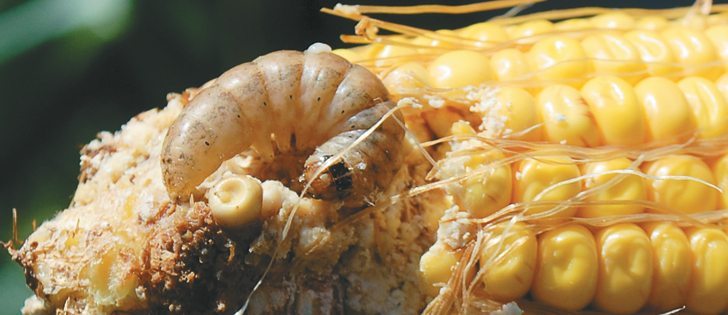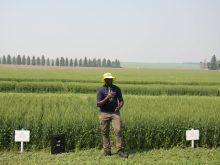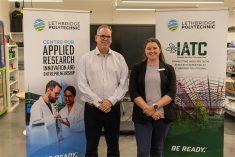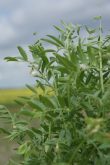DNA identification | Different species feed at different times so proper insecticide timing is critical
At a glance, it can be difficult to distinguish one species of cutworm from another.
It’s why researchers have been taking a closer look at the insect pest, all the way down to its DNA.
A laboratory test can now use DNA markers to quickly identify five species of cutworms, which feed on canola, forage and cereal crops.
“They are difficult to identify and separate at the larval stage based on their morphological appearance … especially to people who are not expert taxonomists,” said Martin Erlandson, a researcher with Agriculture Canada in Saskatoon.”
Read Also
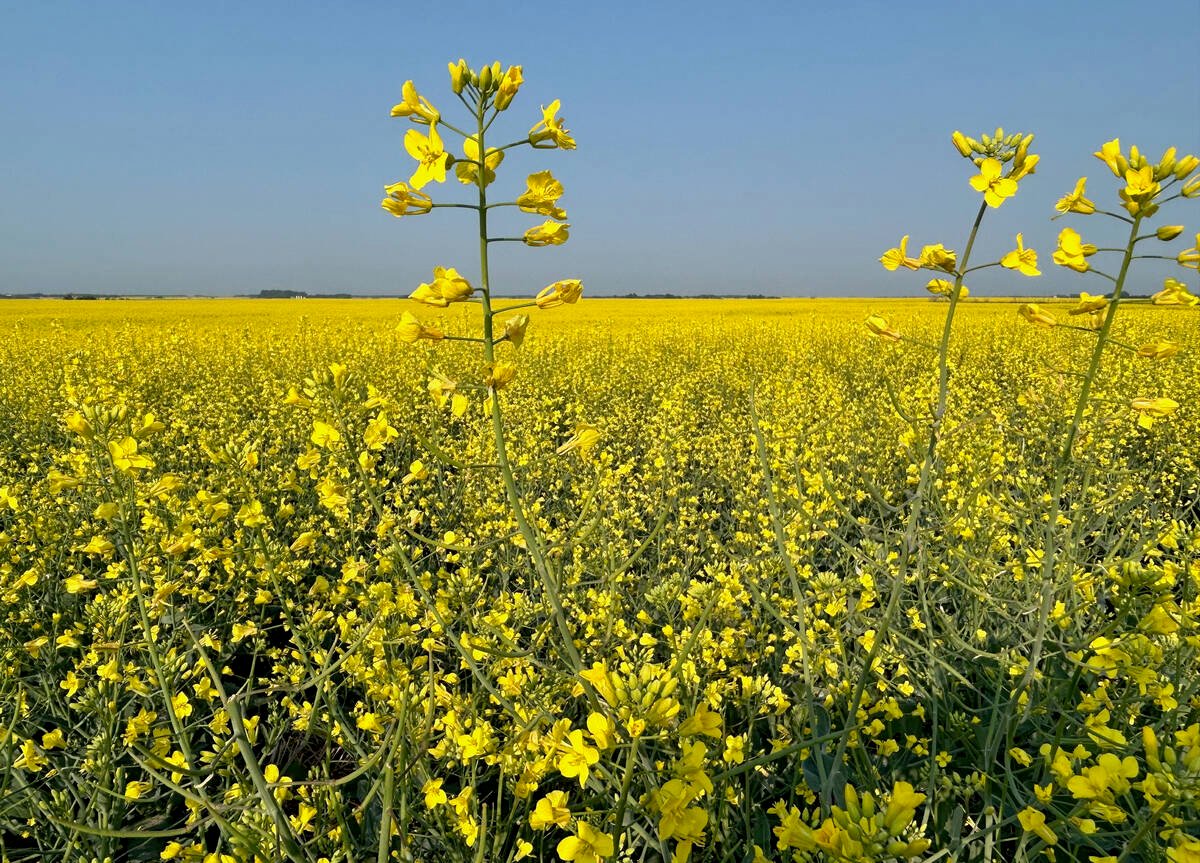
Record canola harvest expected
Anecdotal reports from agronomists, crop production advisors, landowners and grain industry reps, combined with provincial reports, indicates that canola yields could break the yield record set in 2016
Researchers hope that using “DNA bar coding” to put a name to the tiny, often dull coloured larvae will help producers make more informed and effective management decisions.
“In some cases, we’re finding that what is identified as cutworms may actually not be a cutworm at all. It may be another non-pest species of caterpillar. So these sorts of tools are giving us a better idea of what the pest species are,” said Kevin Floates, an Agriculture Canada researcher in Lethbridge.
“Sometimes we’re finding that when we have an outbreak of cutworms in the field, it’s a mixture of species, not just one. So then you have to know what approach to take to control a mixed outbreak.”
Experts say identifying which species of cutworm is feeding on a crop is an important step in controlling the pest. Different species will feed at different times of the growing season, and some feed underground while others feed above.
Farmers have access to effective insecticide controls, but timing is critical.
“You may have a species that’s feeding underground and if you don’t know what the species is, you might spray a foliar insecticide, which isn’t going to really affect cutworms feeding underground,” said Floates, who is overseeing the a multi-faceted cutworm research project funded by the Canola Agronomic Research Program.
“Other cutworms are feeding at night and not during the daytime.… Accurate identification is thoroughly important.”
Erlandson’s laboratory has completed profiles that allow researchers to identify the DNA of redbacked, army, bristly, dingy, and pale western cutworms.
All cutworms belong to the same family of moths.
Erlandson said the information that is needed to identify the cutworms will be published in the public domain, and any commercial laboratory with “rudimentary equipment” could replicate the test.
“That technology could be given to a commercial lab and, if they wish to take it on, then they could provide this service to farmers,” said Floates.
“If a farmer comes across a cutworm outbreak in the morning and they provide the samples to the lab, probably within 24 to 48 hours they would be told what the species is, and it works no matter what the cutworm.”
Erlandson said farmers will eventually be able to use the test, but it’s greatest value will be to agronomists. His laboratory has been processing samples from Alberta and Saskatchewan.
“We feel that we’re going to generate important information for people in the agronomy field to give them a picture of what cutworm species predominate at a particular time during the growing season in any one geographic area and in a cropping system,” he said.
“That’s kind of the ultimate goal.”
Floates said an identification guide and other educational material will be developed for farmers as the two-year-old research project wraps up in the next two years.
Erlandson said declining costs for this kind of molecular work is assisting research.
“As more of us publish our findings, there’s also more DNA sequence available in the literature and in the public domain,” he said.
“It becomes easier and easier to design quick ways at getting at these questions using DNA marker technology.”



